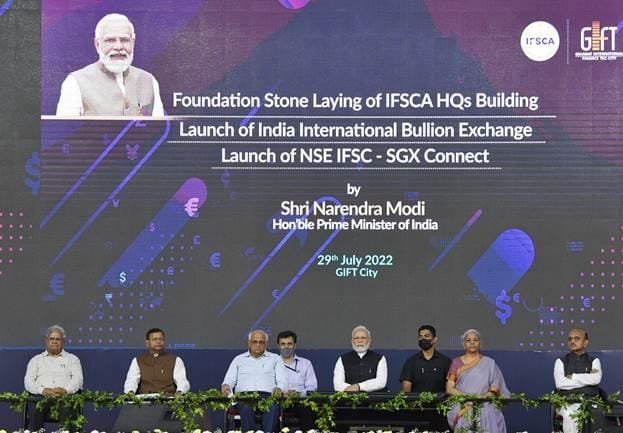Hope: Rules and the Code evolves further
The Insolvency and Bankruptcy Code (IBC) has brought about a tectonic shift in the behavior of the lenders and borrowers that is manifest in the swift disposal of resolution cases brought before the National Company Law Tribunal (NCTL).
Stating this, Corporate Affairs Secretary, Injeti Srinivas, said in the last two years of the 9000-odd cases referred to the NCLT from the IBC side, 50% have been disposed of, 85% of which relate to pre-admission disposal.
He was speaking at the inaugural FICCI conference on ‘Insolvency and Bankruptcy Code; Ensuring Efficiency in Resolution Process’ on 24 Nov 2018 in New Delhi.
Srinivas stressed on the utility of a ‘pre-pack’ insolvency model where a restructuring plan is agreed to in advance of a company declaring its insolvency.
This could bring down the delays in the resolution process as such restructuring would then be posed to NCLT only for approval. Such a measure would go a long way in maximising value for the stakeholders and speed up the resolution process.
He urged the Committee of Creditors (CoC) involved in a resolution process to be more responsive and accountable and suggested that the maximum amount of information should be available in the public domain. This would help resolve matters transparently and lead to maximization of value for the creditors.
Srinivas expressed the hope that in the next six months the pending issues in the way of the resolution process would be settled. This is bound to be reflected in the country’s ranking in the World Bank’s ‘Ease of doing Business’ index, he added.
Dr M S Sahoo, Chairman, Insolvency and Bankruptcy Board of India, added that the Insolvency and Bankruptcy Code was not a panacea for resolution.
IBC has been drafted under Section 247 of the Companies Act and the process has just begun. It would only be fair to give it three to five years to gain maturity, he added.
IBC, he said, is like an orchestra and wants everyone to play. The CoC has to play it due role, attend meetings and take business decisions that are viable and add value for all.
For the Code to be more robust and effective, the sanctity of the resolution process, fair play and legally compliant actions must take precedence over any other extraneous actions, elaborated Harsh Pati Singhania, Past President, FICCI and Vice Chairman and Managing Director, J K Paper Ltd.
FICCI hopes that as the Rules and the Code evolves further, there would be absolute certainty and transparency, leaving no scope for misinterpretation or confusion.
He said that with recent amendments in the Code, role of CoC has not only become onerous but is also subject to greater scrutiny. Their role in resolution of stressed assets including its price discovery is deep and pervasive. Industry feels that for CoC to be more responsive, assertive and pragmatic, some guidelines for their actions may be prescribed.
Mr. Uday Bhansali, President – Financial Advisory, Deloitte, stressed the importance of interim finances for the insolvent company.
Lenders, he said, were unwilling to provide even 2% of the final realizable amount to keep the company going. This resulted in stoppage of the company’s operations, employee resignations and a dramatic deterioration of the financial health of a company.
Vijaya Sampath, Chair, FICCI Corporate Laws Committee, said that while the resolution process was still work-in-progress, the speed with which it was going was encouraging.
The law itself was adapting to the ground realities even as there was a need to balance the conflicting interests of the creditors (home buyers) and the financial creditors (lenders), she stressed. fiinews.com









